Toyota’s Fine-Comfort Ride concept is a showcase for the firm’s next-generation hydrogen technology, R&D chiefs revealed at the Tokyo motor show.
Although officials declined to reveal specifics, they did confirm the next-gen fuel cell is smaller, lighter, more efficient and cheaper than that found in the only Toyota production car featuring the hydrogen technology today, the Mirai. Kiyotaka Ise head of advanced R&D for Toyota said he wanted to reduce costs and improve performance by around 50% with every new generation powertrain.
“If you look at the jump from first generation hybrid to second that is what we achieved. And that is our target again for 2020,” he said. “We want to reduce the amount of platinum, for instance, and increase the sales volume – for cost reduction. They are two of the biggest goals in hydrogen technology.”
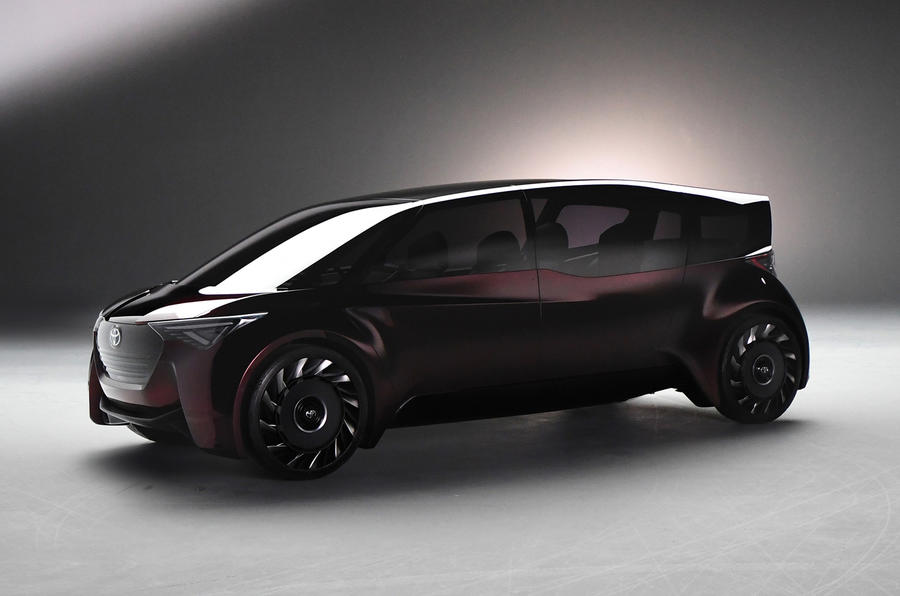
Toyota makes a significant loss on every sale of the Mirai, when development costs are factored in.
The smaller powertrain has allowed Toyota to push the cabin dimensions across the full length and width of the Fine-Comfort Ride with the wheels close to each corner each containing an electric motor. No details of how the wheels will drive the car have been announced. At its widest, the Fine-Comfort Ride is around two metres in width – around 11cm more than the Mercedes-Benz S-Class. Despite its name the Fine-Comfort Ride uses a conventional suspension arrangement. Engineers saying that the comfort benefits come from the powertrain and in-wheel electric motor arrangement.
Toyota Fine-Comfort Ride’s fuel stack should deliver 50% efficiency gains and cost savings, says R&D boss
The Fine-Comfort Ride’s body is shaped to be aerodynamically efficient and it runs with a unique cover along its underside. This dampen any noise from the road or tyres. On the Japanese test cycle, the car is said by Toyota to have a range of 1000km between refills. It has a 6kg capacity tank.
Inside, as the car’s name suggests, the focus is on comfort. The seats can be adjusted according to posture (including a fully reclined sleeping position). The numerous digital displays and projection screens are built around occupants and the seat layout can be altered to aid conversation or create personal spaces. Notably, the rearmost seats are in a sofa-like bench configuration. The front two rows are made up of individual seats.
Although Toyota chiefs have refused to confirm the Fine-Comfort Ride has been designed with autonomous driving functions in mind. The ability for front seat passengers to swing their seats round and talk to rear-seat occupants suggests this is likely.
As with current hydrogen-powered vehicles, including the Toyota Mirai, Toyota says the Fine-Comfort Ride can be refuelled in around three minutes.
Toyota officials would not confirm the concept’s weight, beyond saying that it weighed more than two tonnes.
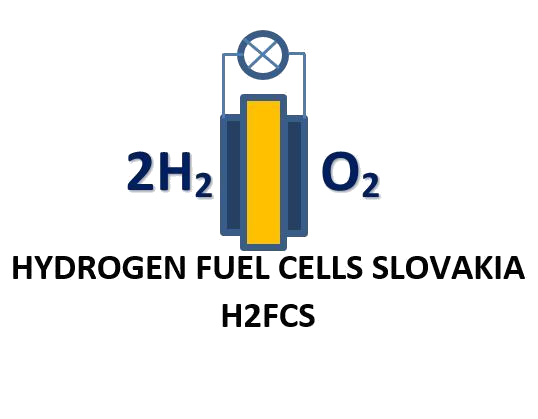
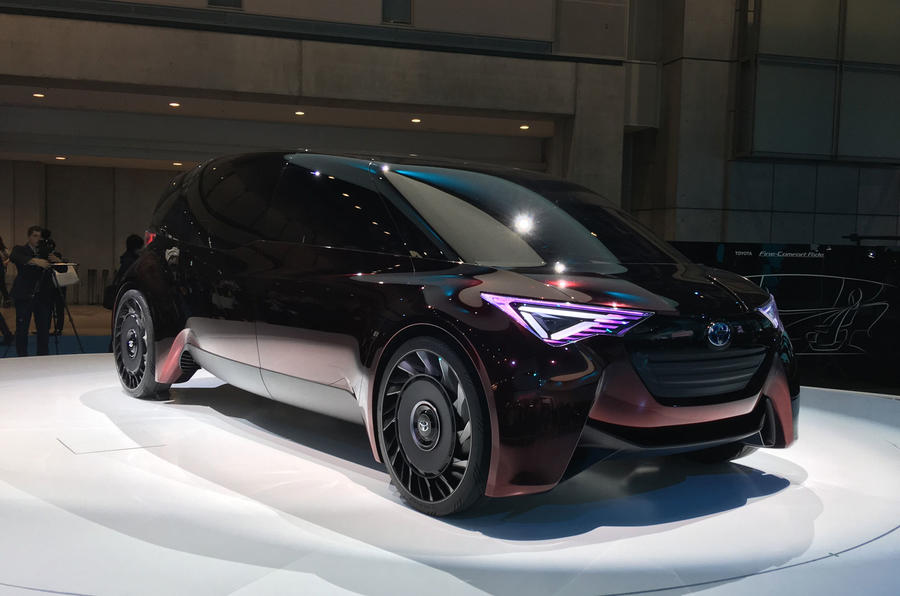
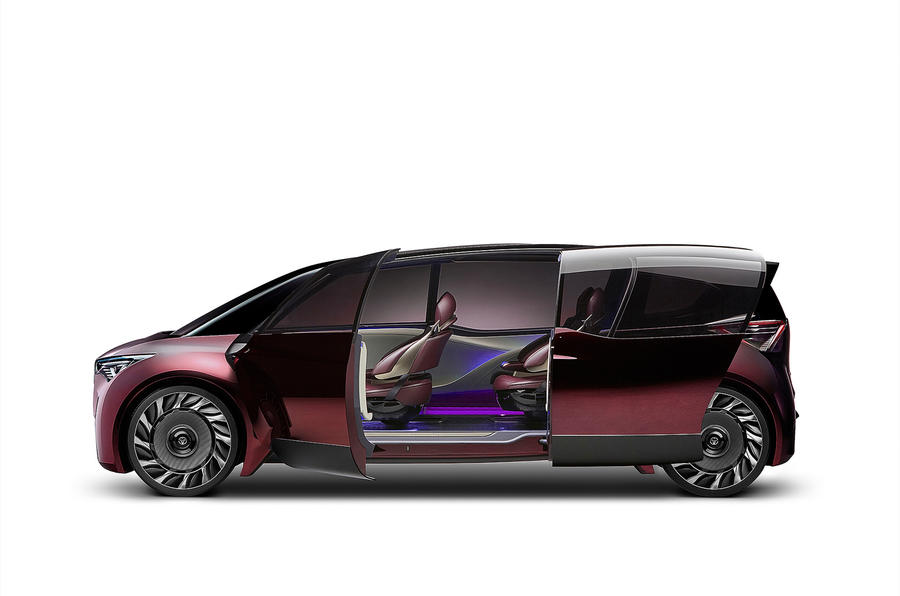
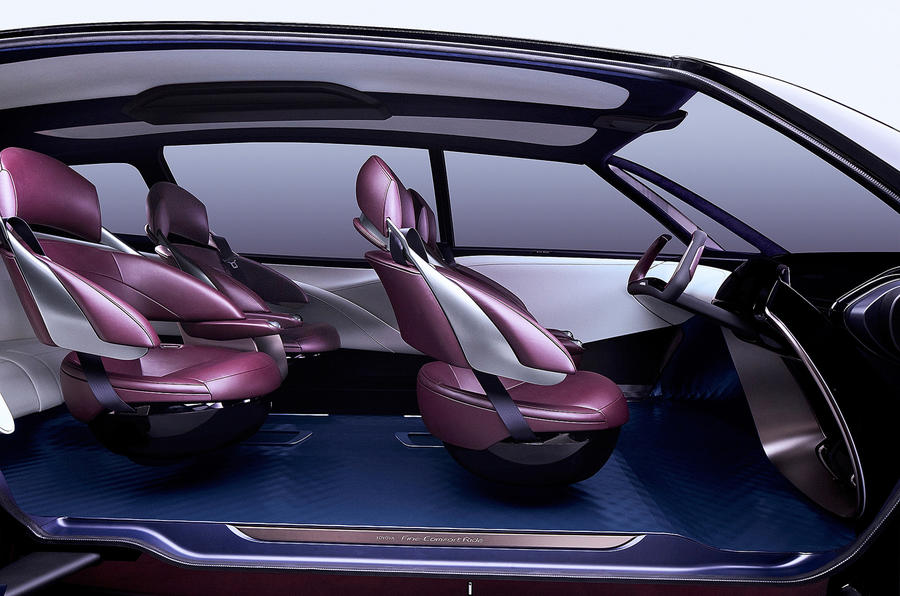
2 thoughts on “Toyota’s S-Class rival showcases next-gen hydrogen technology”
when this car product massal in asia?
Toyota hasn’t revealed yet if or when mass production of this concept is planned.